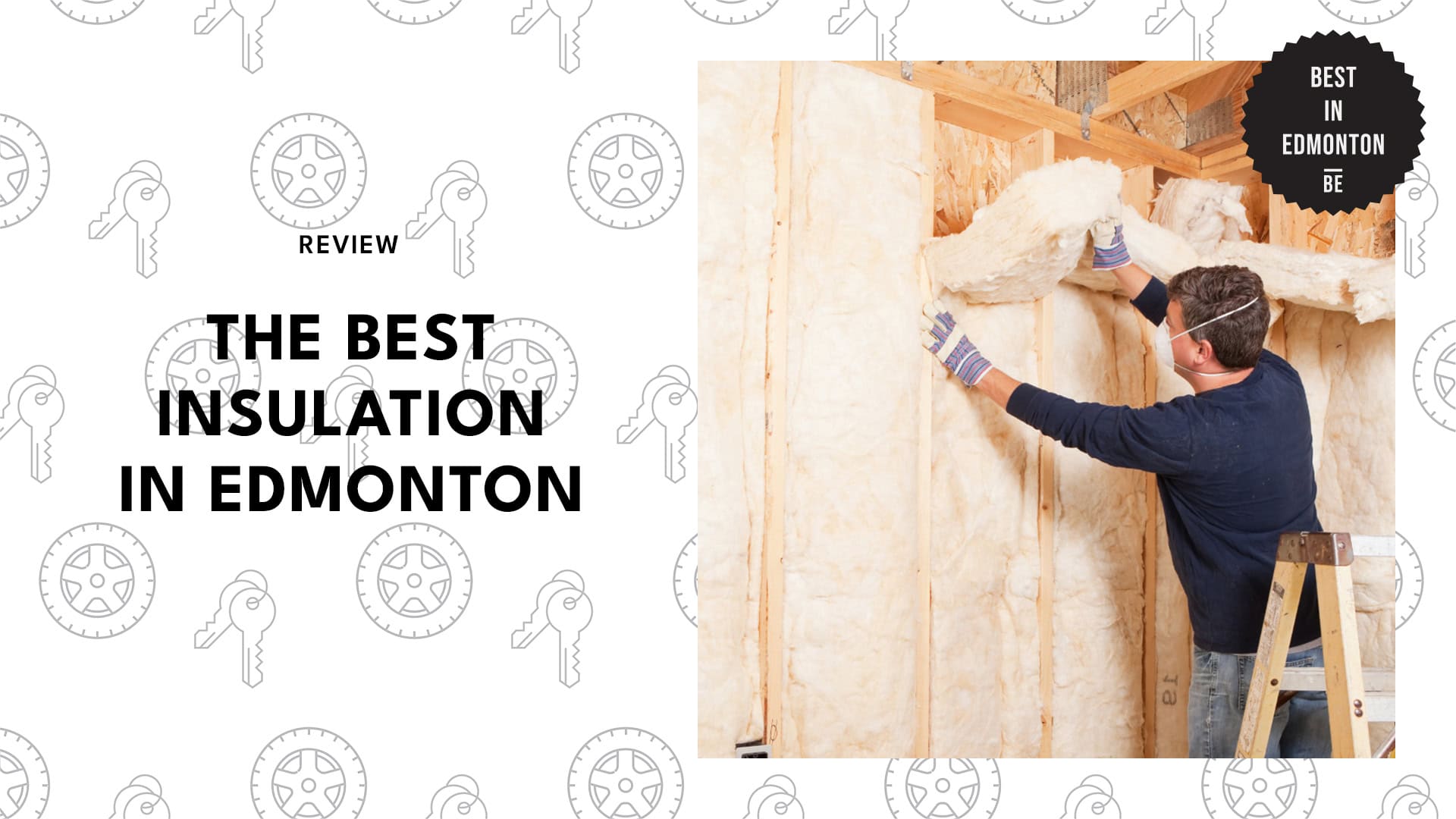Whether fiberglass, cellulose or spray insulation, you’ll need to replace the insulation within your house if it gets compromised in any way. Luckily for you, we’ve found the companies that offer the best insulation in Edmonton.
These amazing companies will install insulation for a fair price. Clients also say their work is consistently dependable.
After going through the recommendations locals gave us, these are the companies we found to offer the best insulation in Edmonton.
Best Insulation in Edmonton
1. Cosy Insulation & Roofing
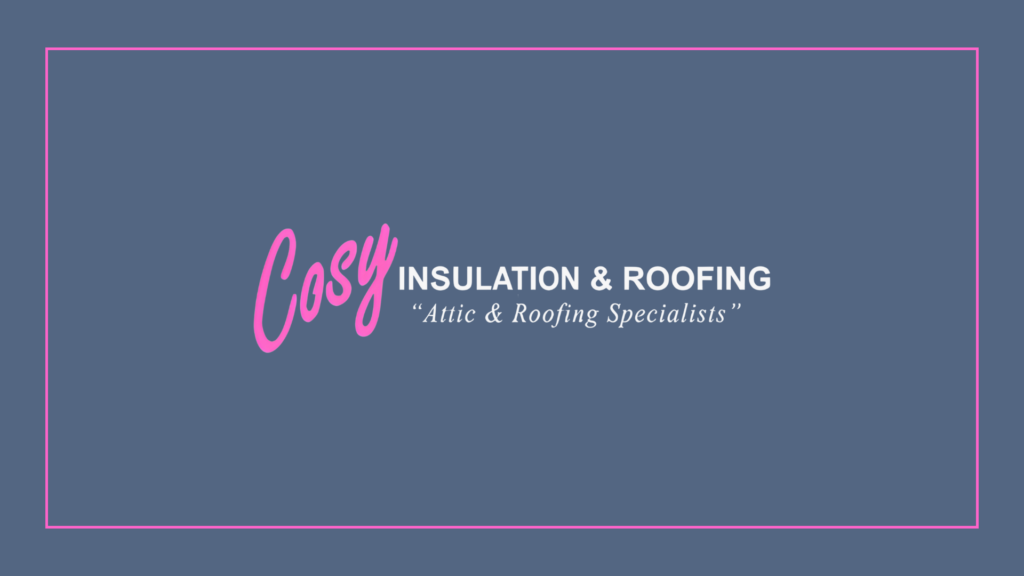
| BEST FOR | Attic Insulation |
| PRODUCTS |
|
| WEBSITE | https://cosy-insulation.com/ |
| ADDRESS | #416, 3428 99 St NW, Edmonton, AB T6E 5X5 |
| CONTACT DETAILS | +17804602433 |
| OPERATING HOURS | By appointment basis only |
Our experience with Cosy Insulation & Roofing has been nothing short of exceptional. From the moment we engaged their services, it was clear that we were dealing with a company that values quality and efficiency above all else.
Efficiency is the name of the game in the insulation business, and Cosy Insulation & Roofing plays it masterfully. They swooped in like insulation superheroes, completing the job swiftly and with remarkable precision. Our home was transformed into a cozy sanctuary in no time.
The quality of their work is, without a doubt, top-notch. They seem to have an almost obsessive commitment to perfection. Our attic now stands as a testament to their dedication to craftsmanship, leaving no room for drafts or heat leaks. It’s as if our home received a warm, fluffy hug from the insulation gods.
When we heard the initial estimate, we were pleasantly surprised. Cosy Insulation & Roofing managed to offer competitive pricing without compromising on the quality of their service. Their cost-effectiveness is a breath of fresh air in an industry notorious for sky-high bills.
Communication was impeccable throughout the process. The Cosy Insulation & Roofing team kept us in the loop, answering all our queries promptly. It’s evident that they value customer satisfaction and take pride in their work.
One of the unexpected joys of working with Cosy Insulation & Roofing was their courteous and friendly team. They exuded professionalism and warmth, which is a rare combination in any industry.
Sadly, they don’t offer promos yet. We suggest checking their website for other affordable deals.
Highlights
- Exceptional Efficiency
- Outstanding Quality
- Competitive Cost
- Superb Customer Service
Customer Reviews
“Cosy Insulation & Roofing transformed our home into a cozy haven. The speed and precision of their work left us in awe. Our attic is now draft-free, thanks to their top-notch quality. It’s a bang for your buck!”
“Working with Cosy Insulation & Roofing was a delight. Their friendly and professional team not only insulates your home but also warms your heart. We were kept informed throughout, and the cost was pleasantly affordable. Highly recommended!”
2. Pro Insulate
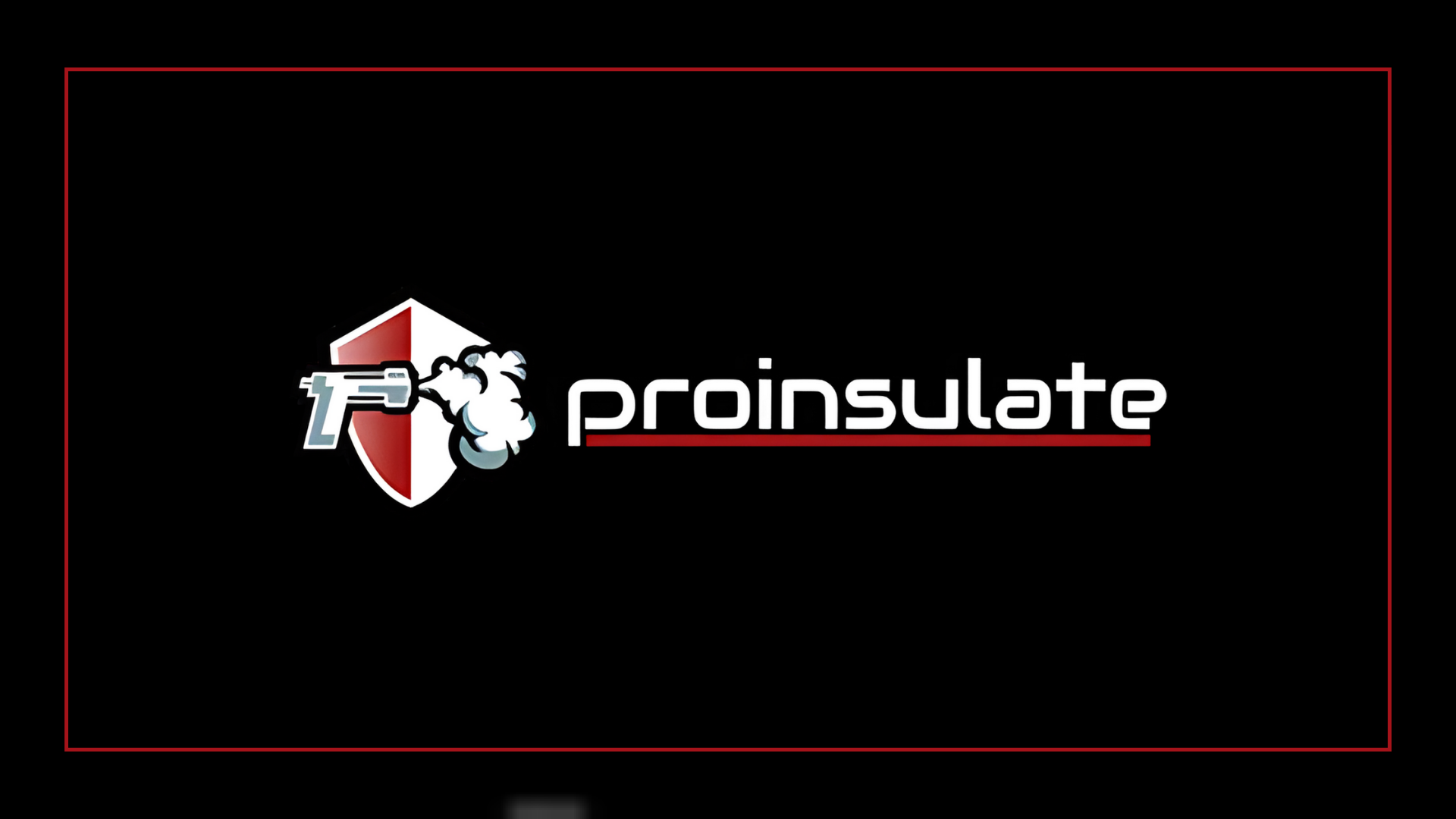
| BEST FOR | Attic Insulation |
| PRODUCTS | Services Applications |
| WEBSITE | https://proinsulate.ca/ |
| ADDRESS | Stony Plain, AB, T7Z 0B1 |
| CONTACT DETAILS | +18255353821 |
| OPERATING HOURS | Monday 7 a.m.–5 p.m. Tuesday 7 a.m.–5 p.m. Wednesday 7 a.m.–5 p.m. Thursday 7 a.m.–5 p.m. Friday 7 a.m.–5 p.m. Saturday Closed Sunday Closed |
Pro Insulate is really good at keeping homes warm or cool. They did a super job for us! From the first meeting to putting in the insulation, they were excellent. They work fast and accurately, like experts playing music together.
Pro Insulate is so good at what they do. They answered our questions quickly and made sure everything happened when we wanted. The team that put in the insulation was like ninjas – quick and quiet. Our home didn’t get messy at all. Pro Insulate not only talks about doing a great job but actually does it really well.
Pro Insulate is known for using the best materials. Our insulation is strong and dependable. They don’t just give us insulation; they give us a shield to keep our home comfy. Now, our home stays just how we like it, thanks to Pro Insulate working hard to make it great.
Some people think good quality costs a lot, but Pro Insulate is different. They are not too expensive, and we found out it saves us money on our energy bills. Pro Insulate makes being comfy affordable. They help us stay cozy without spending too much money.
Highlights
- Exceptional Efficiency
- Outstanding Quality
- Competitive Cost
- Superb Customer Service
Customer Reviews
“Pro Insulate transformed our home into a haven of warmth and efficiency. From the swift response to our initial inquiry to the impeccable installation, every step was marked by professionalism. The quality of their insulation materials is evident in the newfound comfort of our living spaces. Pro Insulate delivers not just insulation but an elevated living experience.”
“Choosing Pro Insulate was a decision we’ll never regret. The efficiency displayed throughout the process, from the initial consultation to the final touches, showcased their commitment to client satisfaction. The cost-effectiveness was a pleasant surprise, making quality insulation accessible. Our energy bills have seen a noticeable decline, thanks to Pro Insulate’s expertise.”
3. Atlas Insulation
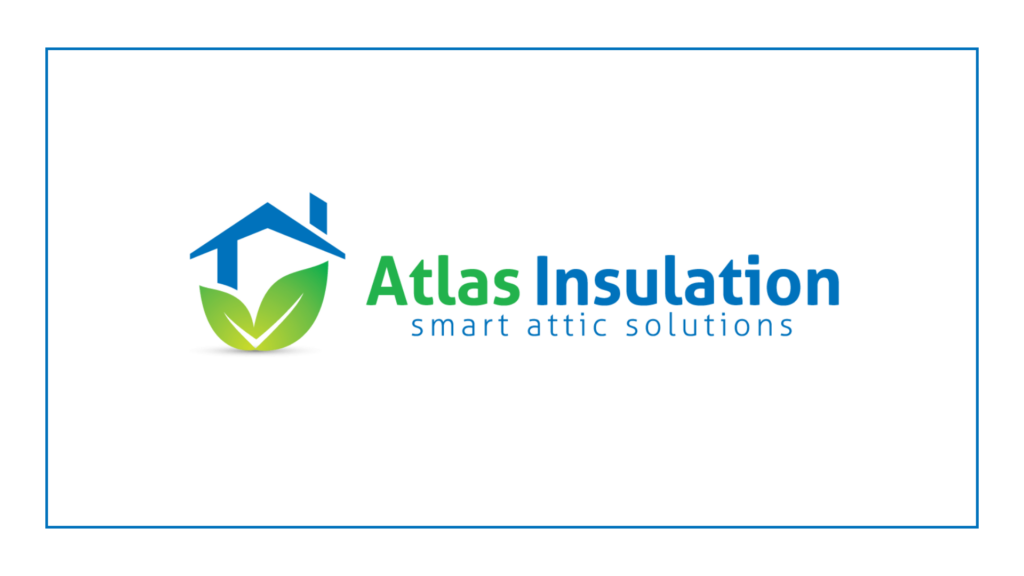
| BEST FOR | Attic Insulation |
| PRODUCTS | http://atlasinsulation.ca/services/ |
| WEBSITE | http://atlasinsulation.ca |
| ADDRESS | #416, 3428 99 St NW, Edmonton, AB T6E 5X5 |
| CONTACT DETAILS | 780-436-0252 | [email protected] |
| OPERATING HOURS | N/A |
First in our list of the companies for the best insulation in Edmonton is Atlas Insulation.
They specialize in attic insulation installations and removal. They use eco-friendly Weathershield cellulose for their insulation too, so rest assured it’s biodegradable.
They also install a variety of ventilation systems from solar-powered to standard venting, giving their customers a lot of options to choose from. Attic ventilation options and recommendations are available, upon request.
Highlights
- Free evaluation
- Attic insulation removal available
- Air leakage sealing services available
Customer Reviews
Customers are all praise for them. Take a look at these reviews:
Very Professional company! Aaron (the owner) and his team were awesome. They came on time and took every professional courtesy from double checking that the job was needed (as we have a newer home, 12 yrs old in Cameron Heights) and was very careful with his hoses and made sure everything was cleaned up properly at the end of the job. I’m pleasantly surprised how much I’ve started to save on heating/but especially on our AC bills in the summer. Like he said “it’s like leaving the lid off your Coleman cooler in the summer, No insulation the cold cant keep in” which I thought was a great analogy! Highly Recommend!!!
—RH, Google Reviews
We used Atlas Insulation to update the insulation in our attic. Aaron was very knowledgeable and his team was efficient and tidy. We are very happy with the new insulation and have noticed an improvement on our heating and cooling bills. I would highly recommend Atlas to anyone!
— KC, Google Review
4. Expert Insulation
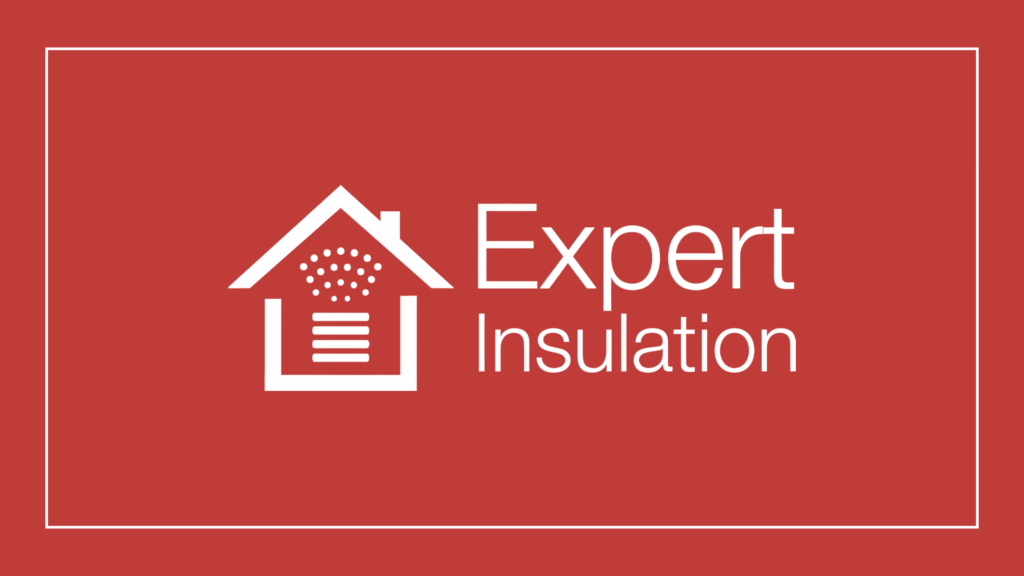
| BEST FOR | Installation, Removal, and Asbestos Removal |
| PRODUCTS | https://www.expertinsulation.ca/insulation |
| WEBSITE | https://www.expertinsulation.ca/ |
| ADDRESS | N/A |
| CONTACT DETAILS | 780-995-2533 | [email protected] | [email protected] |
| OPERATING HOURS | 08:00 AM – 08:00 PM (Mon-Fri) |
Expert Insulation does services such as attic insulation & whole home ventilation. They provide an array of residential and commercial construction services within the Edmonton area.
They also provide asbestos and insulation removal, as well as small renovation jobs such as mudding, taping, and painting. They are one of the companies we’d recommend for the best insulation in Edmonton.
Their team understands that each of their clients’ needs and preferences are different, which is why they make sure to listen to all your concerns. Trust them to complete each project within the agreed deadline, all while delivering excellent results.
Highlights
- Homestars 2016 awardee
- Asbestos removal available
- Fully bonded and insured
5. Details Insulation
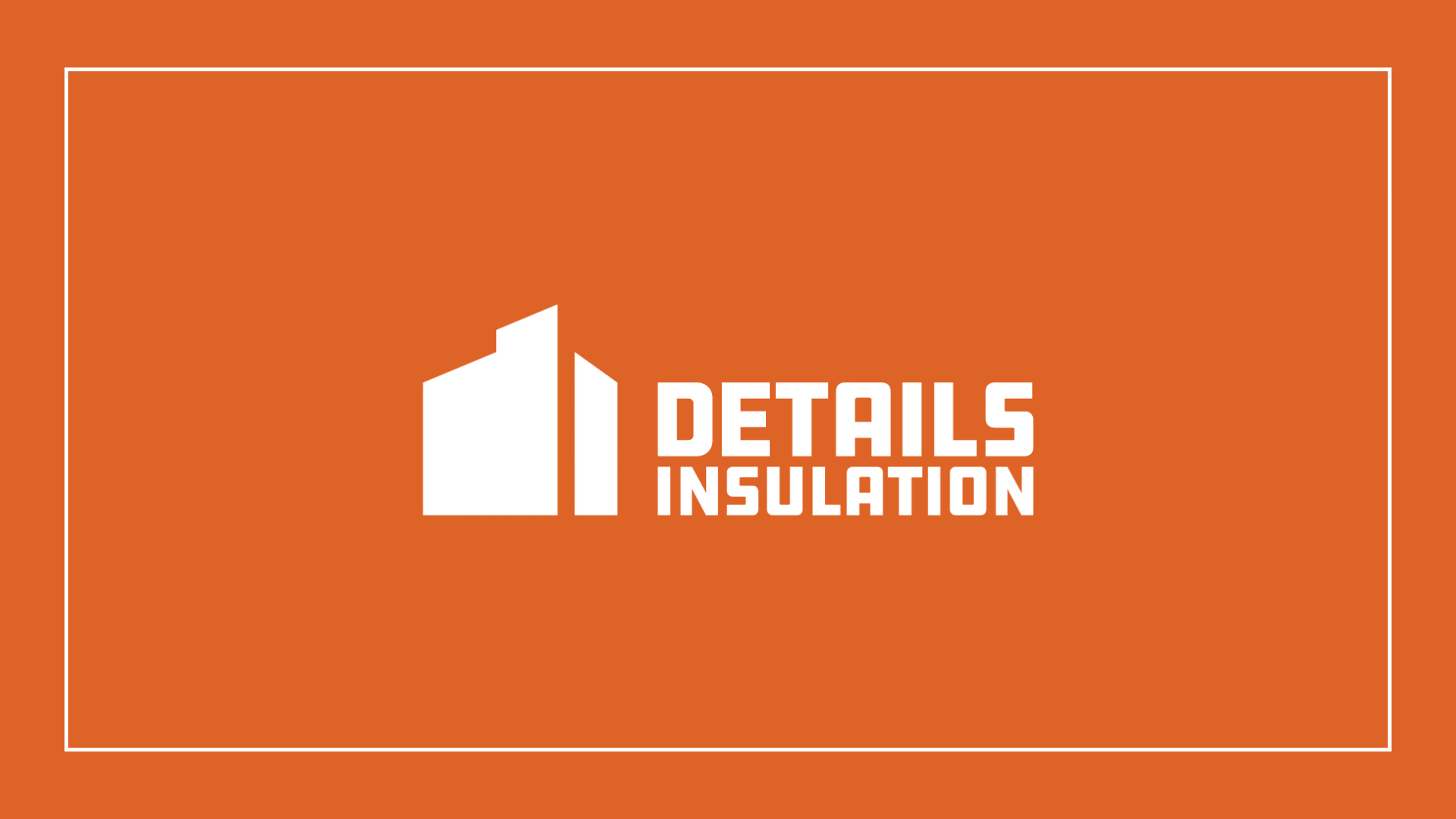
| BEST FOR | Sustainable insulation |
| PRODUCTS | http://detailsinsulation.com/services |
| WEBSITE | http://detailsinsulation.com |
| ADDRESS | 6132 80 St NW Edmonton, AB T6E 4Y7 |
| CONTACT DETAILS | 780-935-7283 | [email protected] |
| OPERATING HOURS | N/A |
Next in our list of the companies for the best insulation in Edmonton is Details insulation. Using Polarfoam PF-7300-0 Soya (Polarfoam) for insulation, they’re focused on sustainable insulation.
Their staff are specially trained and licensed by CUFCA , so you know they’re up for the job. With cost-effective and green solutions in mind, stellar services are to be expected from them.
That puts them in this list as one of the companies for the best insulation in Edmonton.
Highlights
- CUFCA-licensed
- Fully insured
- Better Business Bureau A+ Rating
Customer Reviews
Here’s what clients have to say about them:
Details Insulation is a top notch company that stands behind their product and workmanship. Very knowledgeable and well trained staff.
— Craig Heide, Google Review
Everything about my experience with Details Insulation was great. They responded to my issue promptly and had someone out to my house the same day I called. I had been having issues with moisture in my attic for ~6 years and had no success with other companies. They were able to determine the problem and give me solutions within 30 minutes and provided quotes the same day. Everyone was very thorough and professional. I’m happy with the work they did and would definitely recommend them!
— Katelyn Gillanders, Google Review
6. Boss Spray Foam Insulation
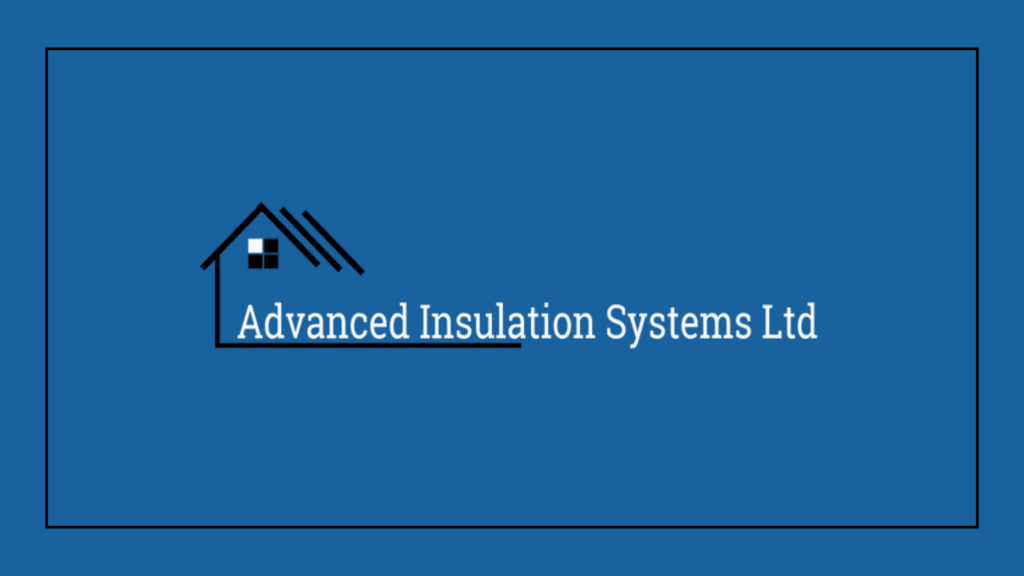
| BEST FOR | Older Homes and New Insulation Installation |
| PRODUCTS | https://www.advancedinsulationsystems.ca/services |
| WEBSITE | https://www.advancedinsulationsystems.ca |
| ADDRESS | 101-17881 106A Avenue NW Edmonton, AB T5S 1V8 |
| CONTACT DETAILS | 780-486-0359 | [email protected] |
| OPERATING HOURS | 8:00 AM – 5:00 PM (Mon-Fri) 10:00 AM – 2:00 PM (Sat) |
For all types of insulation products and services in Edmonton, Advanced Insulation Systems can provide the solution, from spray foam to cellulose. They usually do retrofitting for older homes and install insulation in newly constructed ones.
Their services are also open to homes, businesses, and agricultural applications. With this kind of flexibility, they are one of the companies installing the best insulation in Edmonton.
Highlights
- No subcontractors
- Fair pricing
- Free estimates
7. Thermo Solutions Insulation Inc.
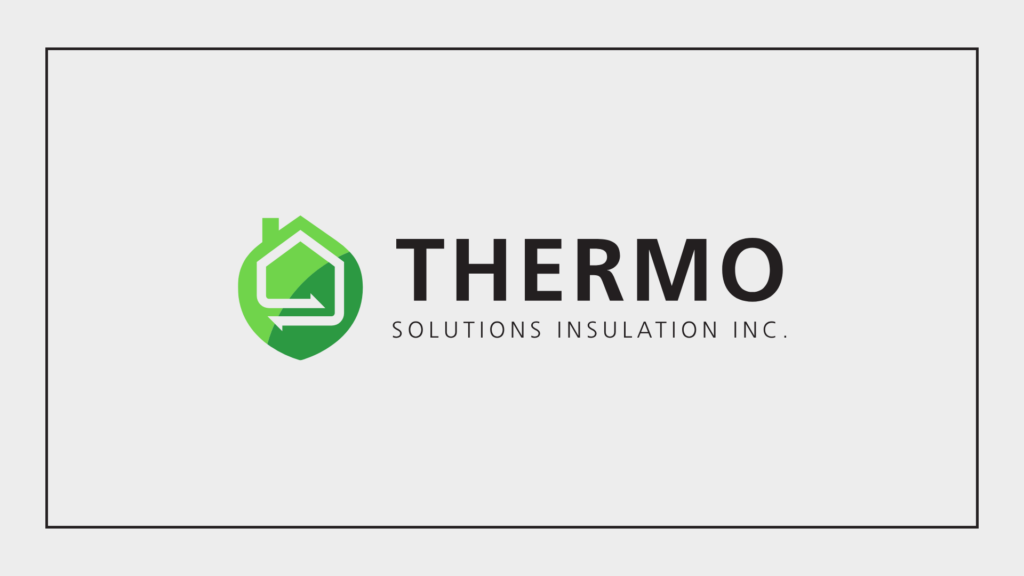
| BEST FOR | Thermal Insulation |
| PRODUCTS | https://thermosi.ca/spray-foam-edmonton/ |
| WEBSITE | https://thermosi.ca/ |
| ADDRESS | #201, 18015 – 107 Ave NW Edmonton, AB T5S 1K3 |
| CONTACT DETAILS | (780) 443-3556 |
| OPERATING HOURS | N/A |
With an easy to understand, 3-step process, Thermo Solutions Insulation offers services that are tried-and-tested. Aside from installing insulation, they also do fireproofing, spray foaming, and insulation removal.
The three-step process is assessing the building, then installing the insulation, and then calculating how much you’ll save or how it will benefit you in the long run.
With this system, they’ve earned a spot in this list as one of the companies for the best insulation in Edmonton.
Highlights
- Tailored pricing solutions
- Thermal imaging
- Grade D fresh air systems
8. Domah Services
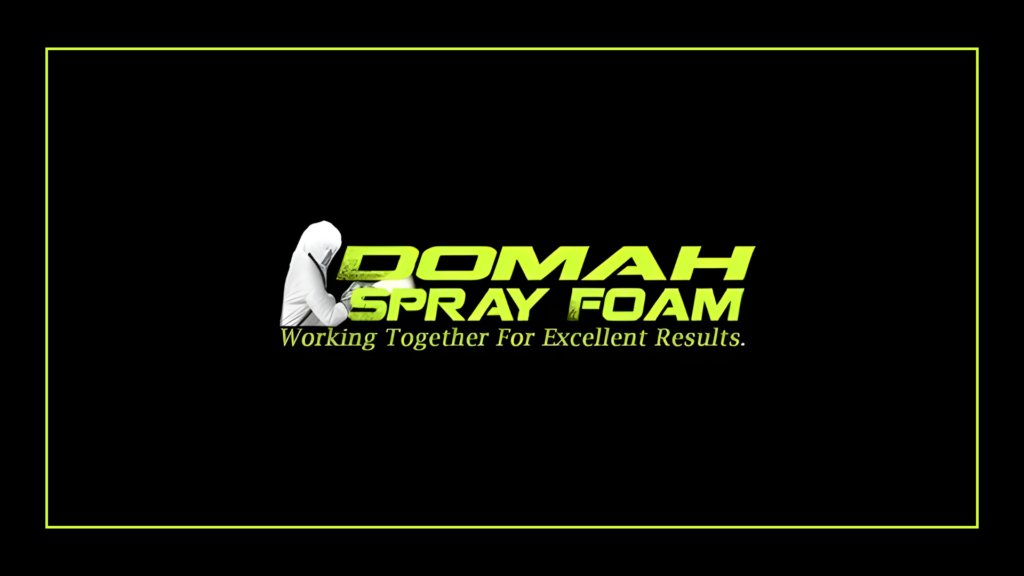
| BEST FOR | Insulation services |
| PRODUCTS | https://www.domah.ca/services |
| WEBSITE | http://www.domah.ca/ |
| ADDRESS | 12408 127 Ave NW Edmonton, AB |
| CONTACT DETAILS | 780 807-6167 | [email protected] |
| OPERATING HOURS | Sunday 9 AM – 12:30 PM Monday to Friday 7 AM – 4:30 PM Saturday 9 AM – 4:30 PM |
Domah Services proudly calls itself a one stop insulation and drywall contractor. This is for good reason, as they offer a healthy selection of services that range from spray foam insulation to drywall and tapping.
Aside from this, they also have fiberglass insulation and fireproofing & thermal barrier services.
Highlights
- Drywall
- Spray insulation
- Fiberglass insulation
9. Bison IBI
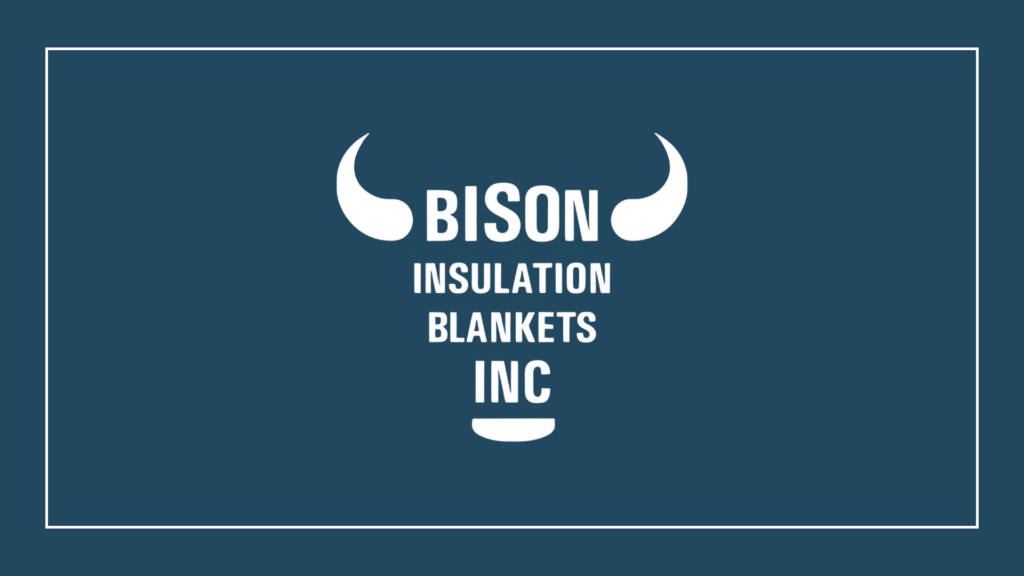
| BEST FOR | Insulation |
| PRODUCTS | https://www.bisonibi.ca/services/ |
| WEBSITE | https://www.bisonibi.ca/ |
| ADDRESS | 14720-115 Ave, Edmonton, AB, T5M 3B9 |
| CONTACT DETAILS | [email protected] 780 452 4724 |
| OPERATING HOURS | Weekdays, 9AM – 3PM |
Since 2016, Bison IBI has been providing thoughtfully-designed insulation products for its clients. They use high-grade materials to ensure that all their works are durable and long-lasting.
They believe that working together will make their service a lot better. They take pride in their staff who are talented and hardworking.
Highlights
- Innovative
- Exceeds expectations
- Great teamwork
10. Drywall Contractors Edmonton

| BEST FOR | Drywall and Paint Services |
| PRODUCTS | Residential Drywall, Commercial Drywall, Residential Painting, Commercial Painting, Insulation Services |
| WEBSITE | https://www.drywallcontractorsedmonton.com/ |
| ADDRESS | Edmonton, Alberta |
| CONTACT DETAILS | (587) 855-9274 |
| OPERATING HOURS | Monday – Friday: 8:00AM – 5:00PM |
In need of drywall, paint, or insulation services? Well, Drywall Contractors Edmonton is here to serve you.
Drywall Contractors Edmonton has been providing services around Edmonton for nine years already. They offer residential drywall, commercial drywall, residential painting, commercial painting, and insulation services.
For more information about their process and costs, you may contact them through their phone number (587) 855-9274 and avail of their free estimate service.
Highlights
- Free Estimate
Whether trying to retrofit your old house or getting them to install fresh insulation for a newly built one, you’re going to have an easy time with the companies for the best insulation in Edmonton.
Are there any services that we missed, though? Send us a message and we’ll update the article promptly.
Anyway, what if you need to deal with spray foam insulation instead? No worries, here’s the list of contractors for the best spray foam insulation in Edmonton if you’d like an eco-friendly alternative to a lot of insulation options.


